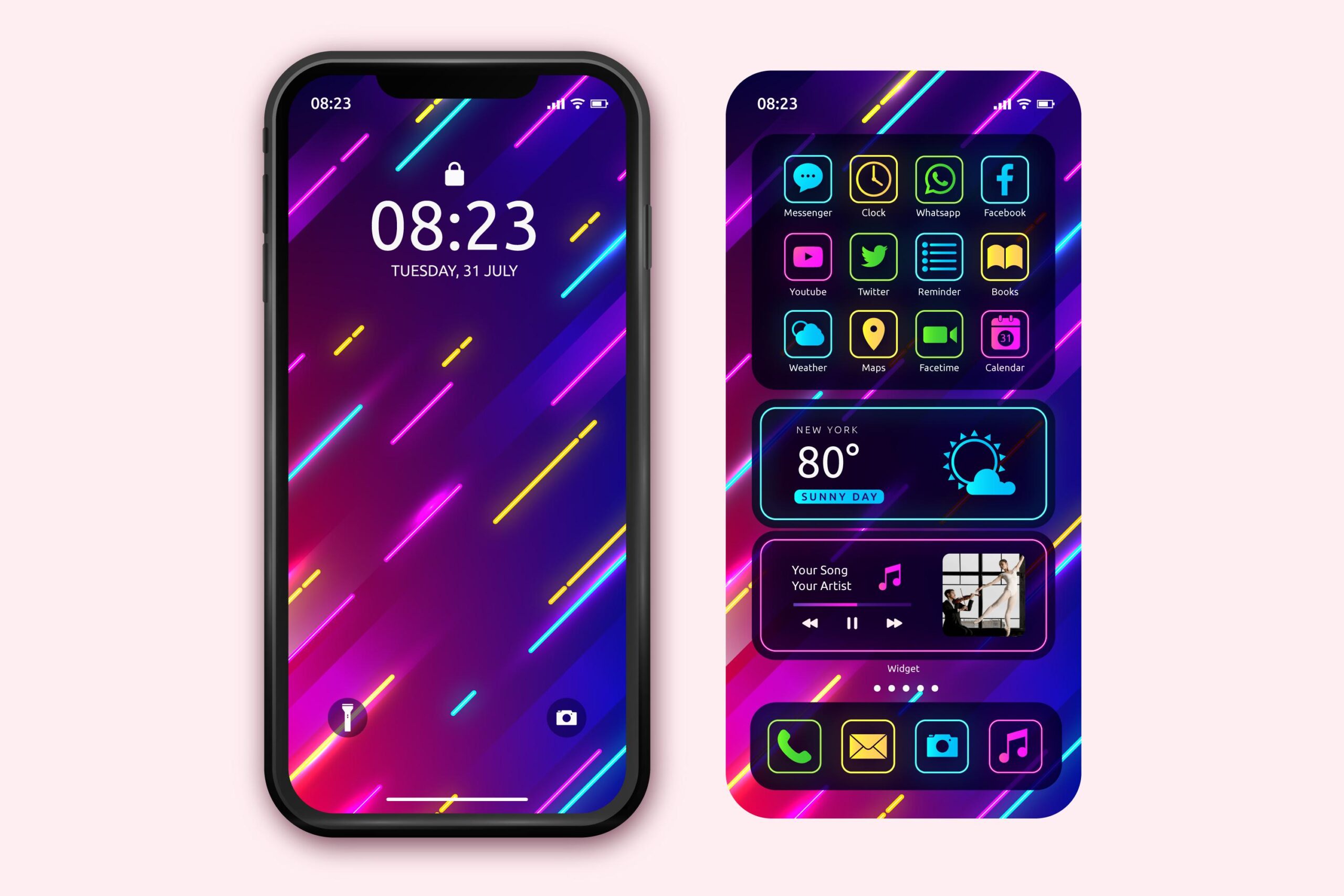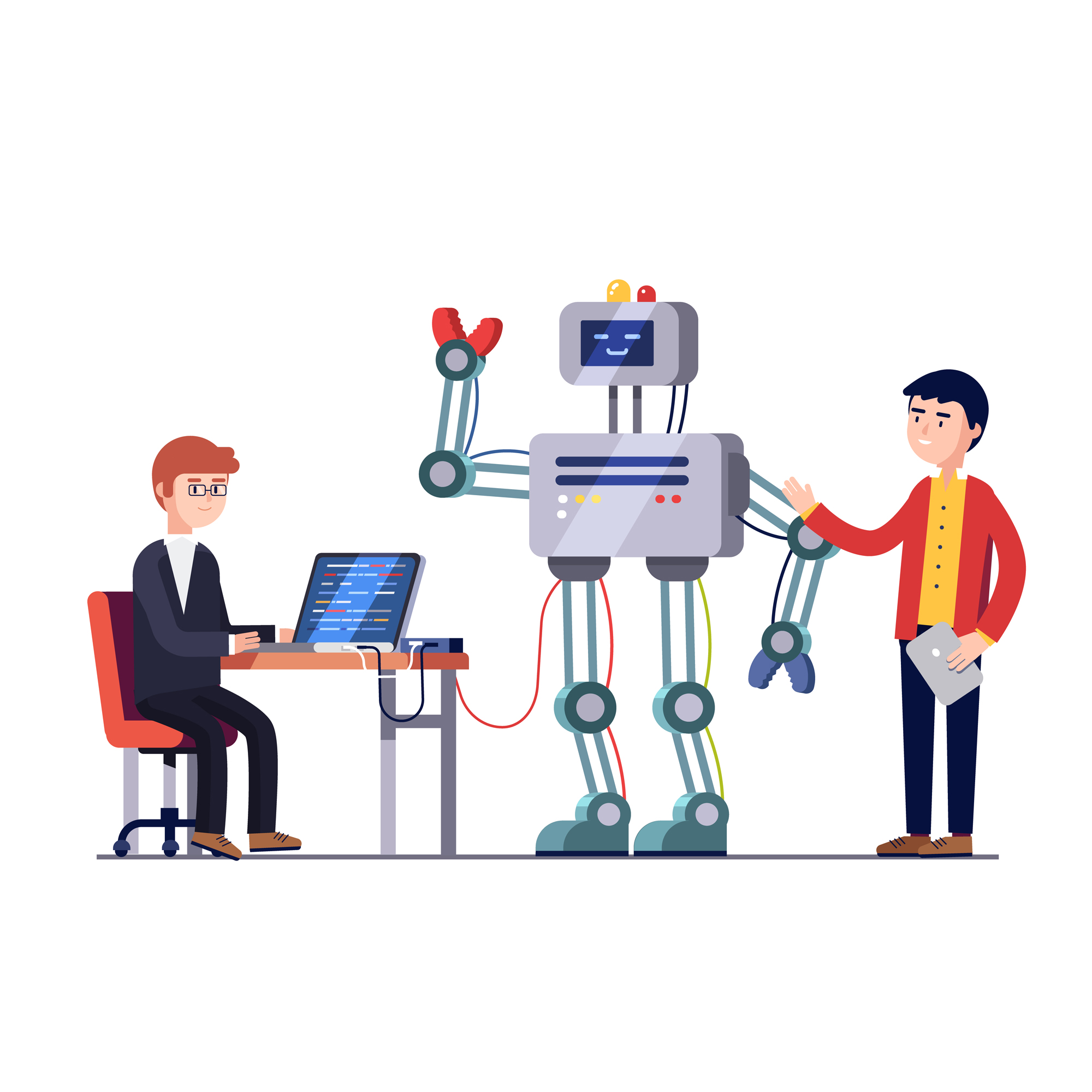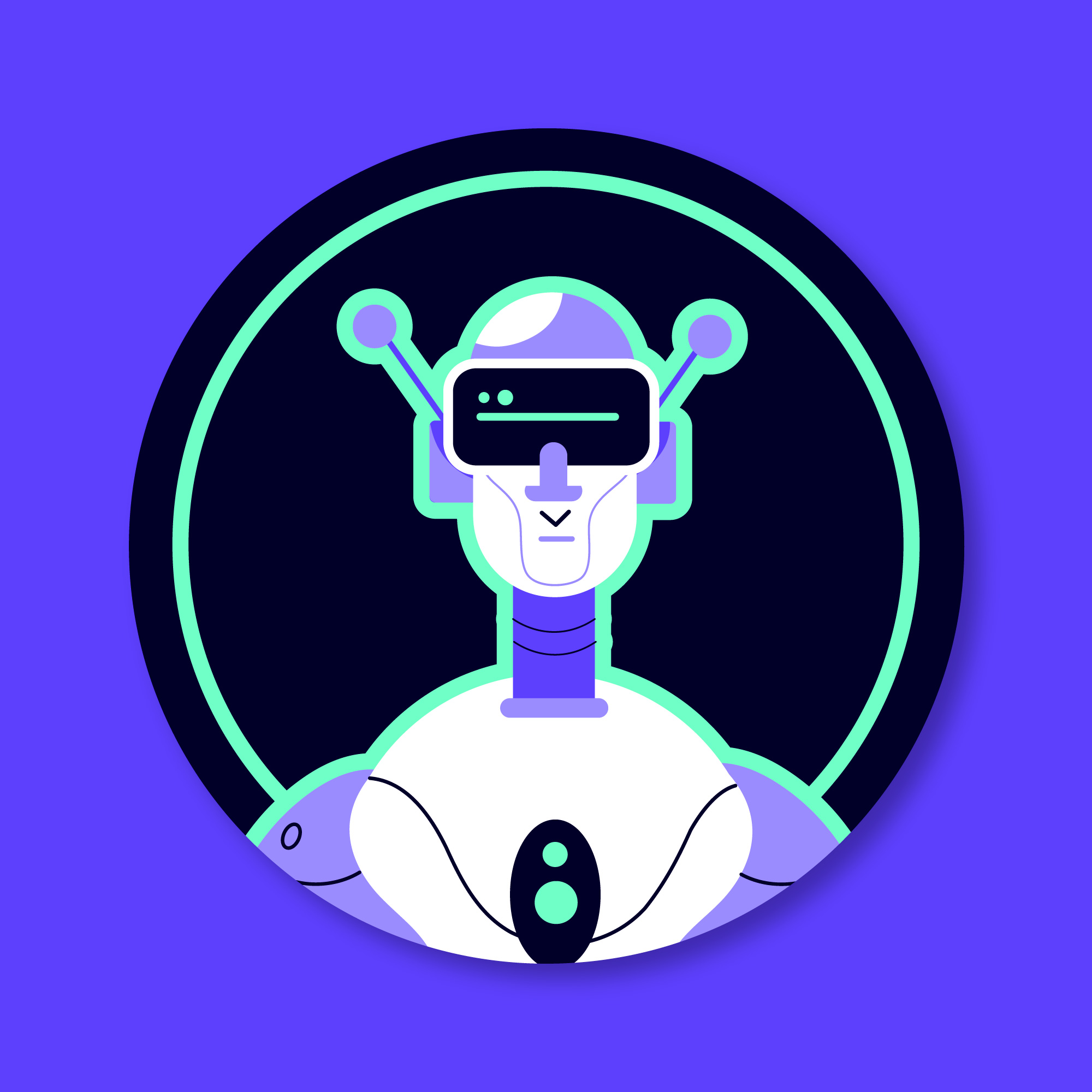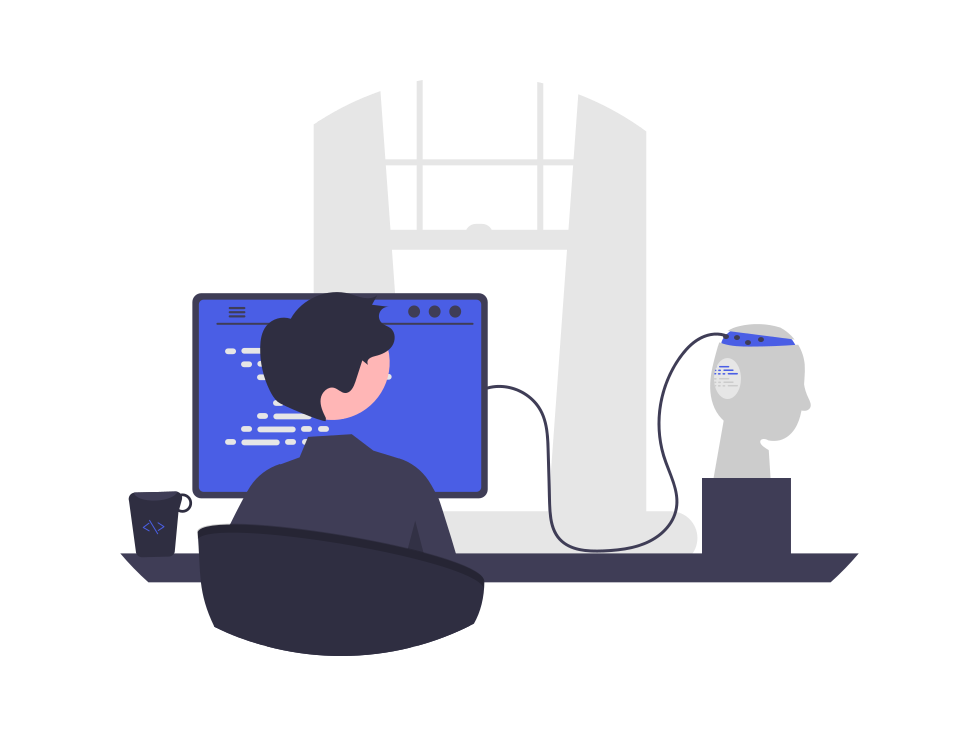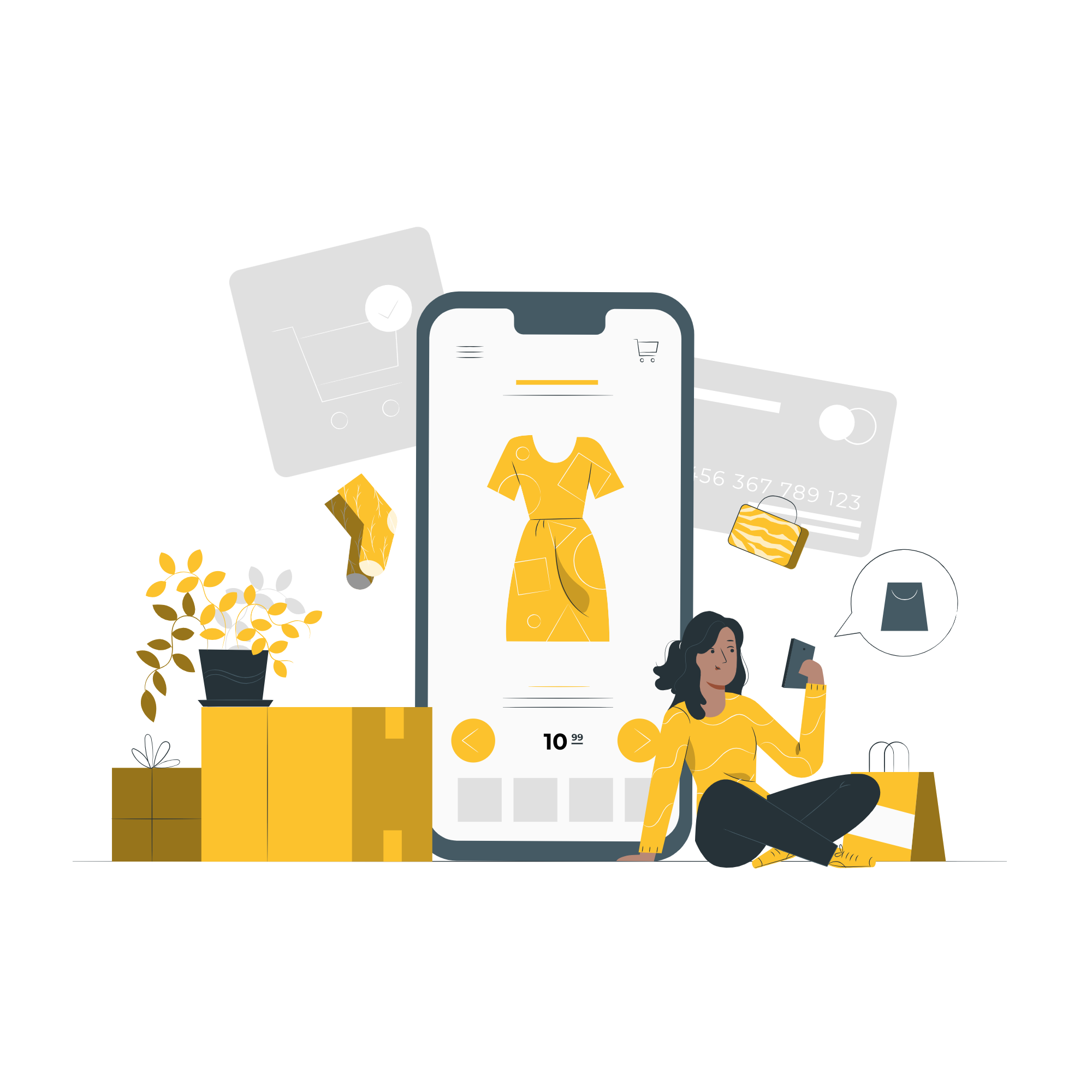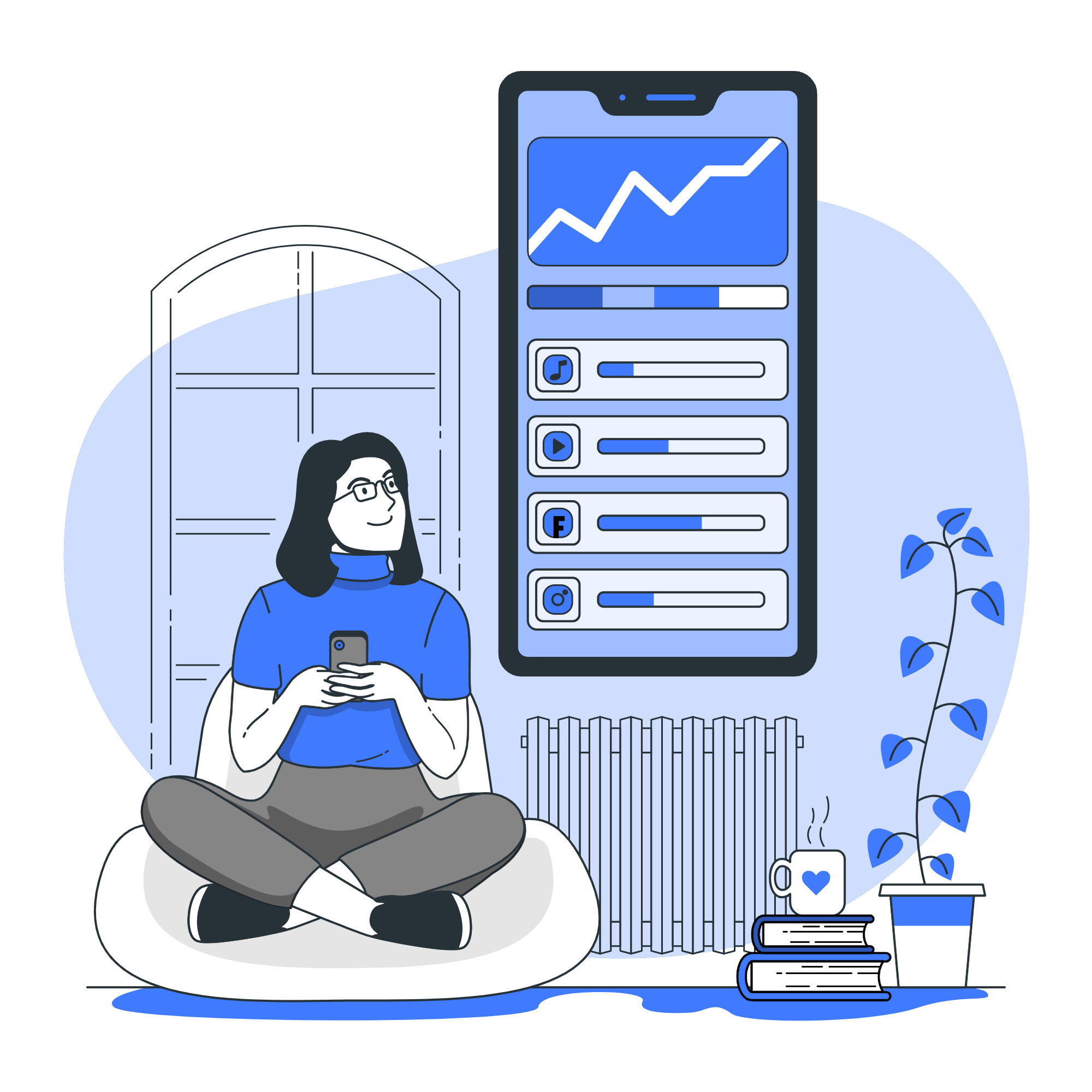Healthcare innovation has ushered in transformative technologies, with Remote Patient Monitoring (RPM) systems leading the way. These systems aim to transform healthcare delivery by facilitating seamless, cross-border connectivity between patients and healthcare professionals.
Utilizing advanced technologies like data analytics, the Internet of Things (IoT), and telecommunication, RPM systems increase accessibility, efficacy, and efficiency. They empower individuals to take control of their health and manage it proactively from the comfort of their homes.
For businesses venturing into RPM software development, it is crucial to navigate the technological and financial factors that support its implementation. Developing a remote patient monitoring system requires a strategic investment encompassing research, development, implementation, and maintenance costs. However, depending on various factors, the cost of developing extensive and highly robust RPM software ranges between $40,000 and $300,000 or more.
In this article, we will delve into how remote patient monitoring software works, the factors influencing its cost, its features, types, and popular examples. We will also discuss the steps to build such a solution and its monetization strategies.

Remote Patient Monitoring Solutions: A Deep Dive into Market Size
Remote Patient Monitoring Solutions allows patients to track their health using smartphones or wearable devices, sending data to healthcare providers. This data allows healthcare providers to monitor patients’ health, detect trends, and provide timely feedback, ensuring effective remote care.
The adoption of virtual healthcare has risen significantly, with a 3000% increase reported by McKinsey in virtual healthcare usage. Factors such as an aging population, rising chronic disease rates, and the demand for remote healthcare services are driving the growth of the RPM market.
Additionally, the COVID-19 pandemic has accelerated the adoption of RPM, making it an essential tool for reducing disease transmission and enhancing patient outcomes.
Physicians’ use of remote monitoring and management tools has increased from 13 percent to 34 percent between 2016 and 2022. Organizations like Providence Health & Services have leveraged remote patient monitoring to address workforce challenges, enhance patient care, and optimize healthcare delivery.
Understanding the Function of Remote Patient Monitoring Software
Now, let’s delve into how a remote patient monitoring app operates for both patients and healthcare service providers, providing you with a clearer understanding:
| Aspect | Patient’s Side | Healthcare Organization’s Side |
| Data Collection | Patients use smart devices or sensors to monitor vital signs like blood pressure, sweating, and body temperature. | Healthcare organizations utilize smart devices and sensors to collect patient vitals, transmitting the data to a cloud-based remote patient monitoring server. |
| Data Transfer | Patients transmit their health data to the cloud RPM server using communication protocols such as Wi-Fi and NFC for further analysis. | By leveraging existing connectivity solutions, healthcare organizations ensure seamless data transfer to the cloud RPM server. |
| Cloud RPM Server | The cloud RPM server stores, processes, and analyzes patient health data to provide insights into changes in health status. | Healthcare organizations rely on the cloud RPM server to compile and analyze patient data, identifying trends and deviations. |
| Notifications & Alerts | Patients can report symptoms and receive alerts regarding potential device issues, prompting notifications for medical intervention. | Alerts regarding irregularities in patient vitals or device malfunctions are sent to healthcare organizations, facilitating prompt action. |
| Medical Staff Interface | Patients can request video consultations with medical professionals through mobile apps, ensuring personalized care and guidance. | Healthcare organizations provide medical staff with interfaces to access patient health data, enabling remote monitoring and care. |
| Administrative Management | Patients manage appointments, health data visibility, and personal information through mobile apps. | Healthcare organizations use admin web panels to manage user roles, schedule appointments, and configure system settings. |
Global Remote Patient Monitoring Solutions Software Market
According to a report by Grand View Research, the global market for remote patient monitoring software is projected to hit a value of $6.1 billion by 2024, with a steady growth rate of 18.6% from 2024 to 2030. This growth is fueled by several factors, including the aging population, the rising incidence of chronic diseases, and the escalating demand for remote healthcare services
Furthermore, advancements in technology, such as wearables and telehealth platforms, are driving the adoption of remote patient monitoring systems. With healthcare providers aiming to minimize in-person interactions while ensuring uninterrupted care, embracing RPM today sets the stage for meeting the increasing need for remote healthcare solutions.
Elements Influencing the Expense of Developing an RPM System
Below are key factors that affect the cost of developing an automated patient monitoring system, influencing the development effort, required resources, and overall project cost.
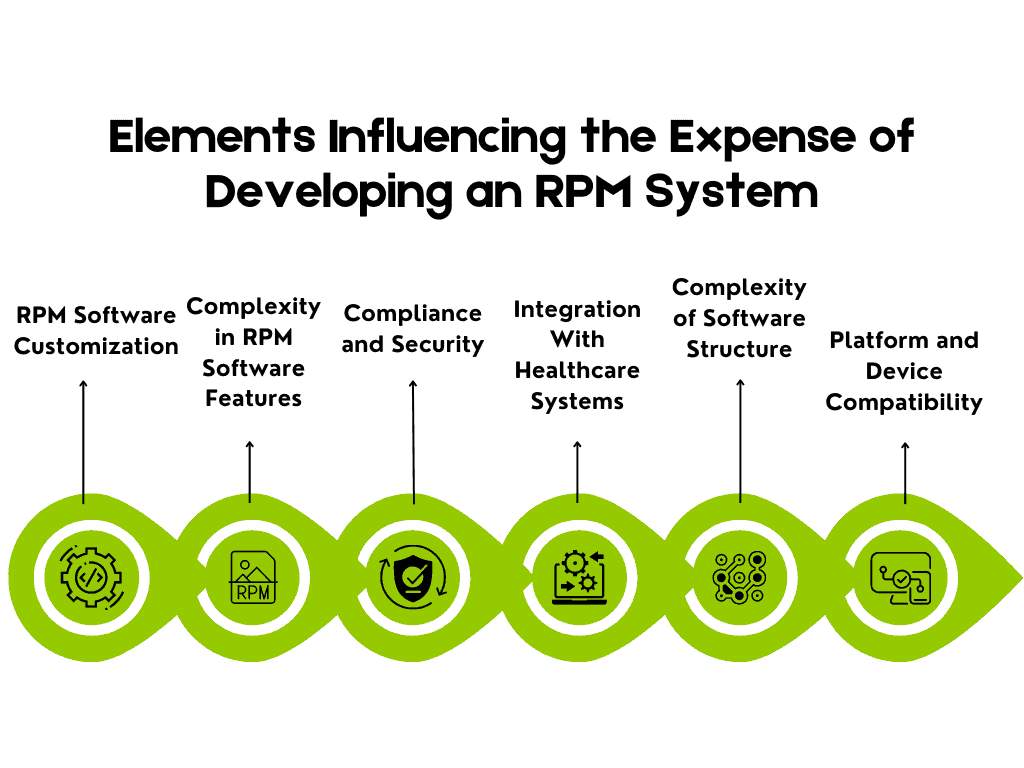
RPM Software Customization
Tailoring healthcare solutions to meet specific needs, such as integrating with specialized medical devices or adhering to particular clinical protocols, can lead to longer development times, increased resource allocation, and higher costs.
Complexity in RPM Software Features
Pricing for remote patient monitoring software is significantly influenced by the complexities in its features and functionalities. For instance, advanced features such as real-time data collection of vital signs, symptoms, and other health parameters necessitate sophisticated sensor integration and data processing algorithms. This, in turn, increases the cost and complexity of development.
Compliance and Security
To comply with healthcare regulations such as HIPAA, it is essential to implement stringent data protection measures like encryption and secure data storage. However, these measures can increase development costs.
Integration With Healthcare Systems
The cost of an RPM system is significantly influenced by its integration with Electronic Health Records (EHR) and other healthcare systems. The complexity of this integration depends on how well the RPM system aligns with the existing healthcare IT infrastructure.
Complexity of Software Structure
Based on its features and capabilities, RPM software can be classified as basic, moderate, or complex. Each category comes with its development costs, with more complex systems requiring more resources and time.
Platform and Device Compatibility
Ensuring that the RPM software is compatible with a variety of devices and platforms adds to the development cost but also expands its reach and usability.
The Cost Breakdown of Building Remote Patient Monitoring Software
Discover the cost breakdown for developing remote patient monitoring software, including research, design, development, testing, deployment, and maintenance.
| Phase | Cost Range | Description |
| Research & Analysis | $5,000 to $10,000 | Gathering requirements, analyzing the market, and defining the scope of work. |
| Design | $10,000 to $20,000 | Creating wireframes, designing user interfaces (UI), and user experience (UX). |
| Development | $20,000 to $100,000 | Backend and frontend development, including the integration of features and functionalities. |
| Testing | $5,000 to $15,000 | Quality assurance, user acceptance testing, and bug fixing. |
| Deployment | $5,000 to $10,000 | Uploading the application to the app store or deploying it on servers. |
| Maintenance | $10,000 to $50,000 (per year) | Updating features, ensuring compatibility with new devices and platforms, and providing technical support. |
Popular Examples of Remote Patient Monitoring Software
Explore leading remote patient monitoring software solutions that are transforming healthcare delivery worldwide.
Philips Healthcare
Philips offers a remote patient monitoring system that includes devices for measuring vital signs and a platform for healthcare providers to monitor patient data remotely.
Medtronic
Medtronic provides a remote patient monitoring system that includes wearable devices for tracking vital signs and a platform for healthcare providers to monitor patients’ health remotely.
Biotricity
Biotricity offers a remote patient monitoring system that includes wearable devices for tracking vital signs and a platform for healthcare providers to monitor patients’ health remotely.
Conclusion
Remote patient monitoring software is a vital tool in modern healthcare, offering numerous benefits for both patients and healthcare providers. As the demand for remote healthcare services continues to grow, investing in RPM software can enhance patient care, reduce healthcare costs, and improve overall health outcomes.
While the cost of building remote patient monitoring software can vary depending on various factors, including customization, complexity, and compliance requirements, the benefits it offers far outweigh the initial investment. By understanding the key factors influencing the cost of RPM software development, businesses can make informed decisions and build successful remote patient monitoring solutions.
Frequently Asked Questions (FAQs)
Q. What are the key components of a patient monitor?
A. Patient monitors consist of several key components, including a display screen, vital sign sensors (such as ECG, blood pressure, and oxygen saturation sensors), a central processing unit (CPU), and software for data analysis and display.
Q. How do patient monitor accessories enhance monitoring capabilities?
A. Patient monitor accessories, such as additional sensors (e.g., temperature, CO2), mounting stands, and connectivity options (e.g., Bluetooth, Wi-Fi), can enhance the monitoring capabilities of a patient monitor, allowing for a more comprehensive and customized monitoring experience.
Q. What is the importance of real-time patient monitoring in healthcare?
A. Real-time patient monitoring allows healthcare providers to continuously track a patient’s vital signs and other critical health parameters, enabling early detection of abnormalities or changes in condition. This timely information can help healthcare providers make informed decisions and provide timely interventions, ultimately improving patient outcomes.
Q. How can patient monitors improve patient safety and care quality?
A. Patient monitors play a crucial role in enhancing patient safety and care quality by providing continuous monitoring of vital signs and other health parameters. This enables healthcare providers to quickly identify and respond to any changes in a patient’s condition, reducing the risk of adverse events and improving overall patient outcomes.


